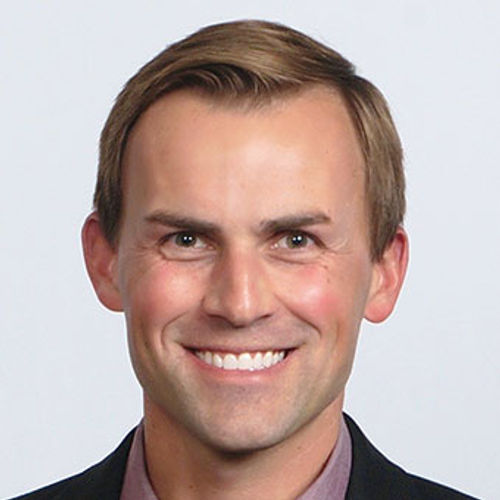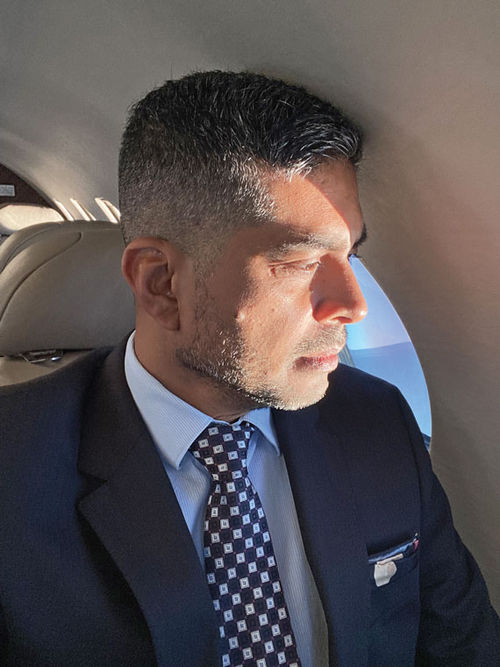Demand for private jet flights in North America is slipping, but industry insiders say it is a healthy correction from what had been unsustainable growth.
In April, there were 7.7% fewer private jet flights in North America than last year, said Travis Kuhn, senior vice president of market intelligence for Argus, a data tracker in private aviation.

Travis Kuhn
Still, flight activity remained 10.3% higher industrywide last month compared with 2019. And some stakeholders view the demand correction as beneficial, considering the shortages of aircraft, aircraft parts and pilots that have plagued the industry, especially when activity peaked last summer.
"The attitude with a lot of people is we're sort of glad demand isn't as strong," said Doug Gollan, publisher of the Private Jet Card Comparisons newsletter. "Nobody seems worried about the declines. A lot of them think it is recalibrating back to where they can handle demand better."
Kuhn offered a similar analysis.
"Nobody's really complaining right now," he said. "The industry is still very healthy. It's just a little lower than its boom."
Argus has yet to release data for specific industry segments for April, but through the first three months of the year, the largest decline in private jet activity was in the charter market. Charter flight activity was down 12% year over year in March compared with a 4.3% decline in owner-operated activity.
Fractional-ownership jet activity, which includes operations by companies such as NetJets and Flexjet, bucked the trend for the first three months of this year, Kuhn said, and was up 6.4% year over year in March.
What's behind the downturn in private jet travel?
Industry insiders offer various explanations for the overall downturn.
One is cost. According to Private Jet Card Comparisons, hourly fixed rates for members of subscription jet card programs were up 39.8% in December 2022 versus December 2020, when a Cares Act provision had temporarily removed the federal 7.5% excise tax on private flying. Prices were also up 21% from 2021, with an average price across all aircraft classes, including fuel and taxes, of $11,748 per hour.

Kevin Singh
Kevin Singh, CEO of Dallas-based Icarus Jet, which includes charters among its various private-aviation offerings, said that prices for Cessna Citation V light jets, which generally have seven to eight seats, have approximately doubled since pre-pandemic times to rates customers are balking at now.
"No way people want pay $40,000 one-way to Cabo," Singh said. "We have priced the clientele out of the market."
Dampening demand, in fact, has recently brought price relief. Hourly rates for jet card programs dropped 5.2% from the end of 2022 to the end of March, Private Jet Card Comparisons found.
A second potential factor for the activity drop is economic uncertainty and related belt-tightening.
"What I hear is that people who were going every weekend to Florida or a ski house, now they just stay longer," Gollan said. "People will do six trips instead of 10 and stay longer some of the time because they don't have to be back in the office on Monday."
Another likely factor is the gradual build-back of commercial airline schedules to 2019 levels.
The surge of charter flying from late 2020 through early 2022 was related to the sudden dearth of commercial flight options, said Dan Hubbard, who heads communications for the National Business Aviation Association.
"Not a small amount of what we heard was, you might be wanting to go somewhere and the airlines just weren't going there at that time," he said.
Still, even with the decline in private flying that Kuhn says began taking hold last July, activity remains well above the 2019 level. For the first four months of the year, the number of North American flights was 12.6% higher than the same period in 2019.
That reality speaks to a potential fourth reason for the current decline, which is that a market correction was inevitable. Private flying between November 2019 and November 2021 surged 25%, Kuhn said.
"There's no way that's sustainable," he added.
Meanwhile, Argus expects North American private flying to stabilize on a year-over-year basis by the summer.
But not everyone is optimistic that the downturn will soon level out. Singh expects charter demand in particular to continue to contract, especially if commercial airlines can iron out their operational problems.
"It is slowly rescinding back to what it was four to five years ago," he said. "Within two years we'll see jet charters to the levels of 2018 and 2019."